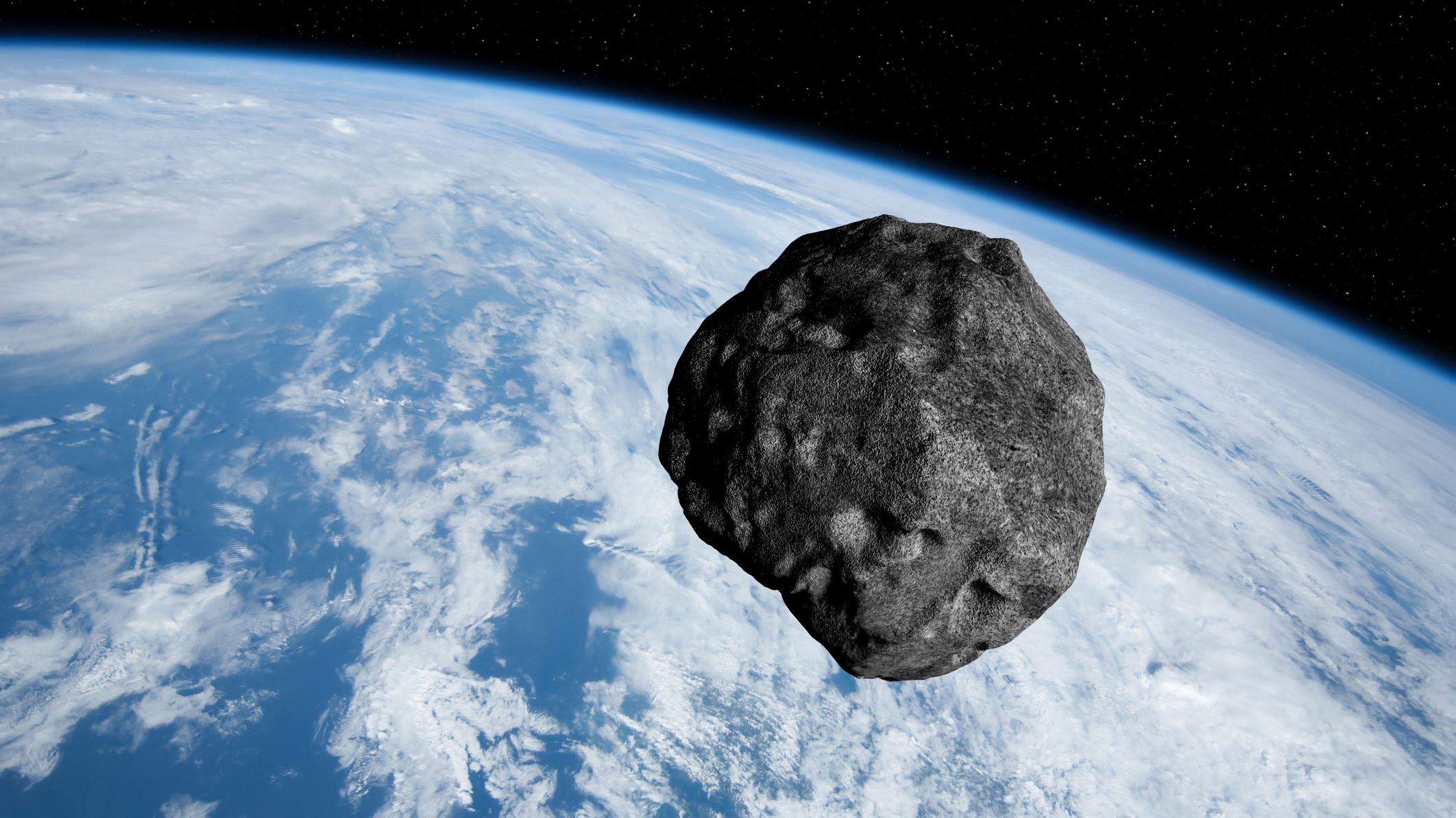In early November, three tiny Australian satellites from Curtin University’s Binar Space Program burned up in Earth’s atmosphere. That was always going to happen. In fact, Binar means “fireball” in the Noongar language of the First Nations people of Perth.
When a satellite is in low Earth orbit (2,000km or less), it experiences orbital decay as it drags closer and closer to the surface, eventually burning up.
But these cube satellites (CubeSats), known as Binar-2, 3 and 4, entered the atmosphere much sooner than originally planned. They only lasted for two months — a third of what was expected. This significantly reduced valuable time for science and testing new systems.
The reason for their untimely demise? Our Sun has kicked into high gear, and the Binar satellites are far from the only casualty. Recent high solar activity has been causing an unexpected headache for satellite operators in the last few years, and it’s only increasing.
Why is the Sun so active?
Solar activity includes phenomena such as sunspots, solar flares and solar wind — the stream of charged particles that flows toward Earth.
This activity is a product of the Sun’s ever-changing magnetic field, and approximately every 11 years, it completely flips. At the midpoint of this cycle, solar activity is at its highest.
While this cycle is known, specific solar activity is challenging to predict — the dynamics are complex and solar forecasting is in its infancy.
In the last few months, indicators of solar activity were more than one and a half times higher than predictions for this point in the current cycle, labelled solar cycle 25.
The impact of space weather
Space weather refers to the environmental effects that originate from outside our atmosphere (mostly the Sun). It affects us on Earth in a variety of noticeable and unnoticeable ways.
The most obvious is the presence of auroras. In the past few months, auroras have been visible far more intensely and closer to the equator than in the last two decades. This is a direct result of the increased solar activity.
Space weather, and solar activity in particular, also creates additional challenges for satellites and satellite operators.
Higher solar activity means more solar flares and stronger solar wind — resulting in a higher flux of charged particles that can damage or disrupt electrical components on satellites.
It also means an increase in ionising radiation, resulting in a higher dose for astronauts and pilots, and potential disruptions to long-distance radio communications.
But for satellites in low Earth orbit, the most consistent effect of solar activity is that the extra energy gets absorbed into the outer atmosphere, causing it to balloon outward.
As a result, all satellites less than 1,000km from Earth experience a significant increase in atmospheric drag. This is a force that disrupts their orbit and causes them to fall towards the planet’s surface.
Notable satellites in this region include the International Space Station and the Starlink constellation. These satellites have thrusters to counteract this effect, but these corrections can be expensive.
Low Earth orbit also contains many university satellites, such as the Binar CubeSats. Cube satellites are rarely equipped with tools that can adjust their altitude, so they’re entirely at the mercy of space weather.
Last nights solar storm bring some lovely colours of the Northern Lights at Stonehenge with a Stable Auroral Red arc (SAR) climbing off the western horizon😲😍 Photo credit Nick Bull 🙏#aurora #auroraborealis #northernlights #beautiful #night #october #autumn #SolarMaximum pic.twitter.com/vBF9SLsm1iOctober 11, 2024
What happened to Binar?
The Binar Space Program is a satellite research program operating out of Curtin University. It aims to advance our understanding of the Solar System and lower the barrier for operating in space.
The program began operations with its first satellite, Binar-1, in September 2021. This was less than a year into solar cycle 25 when solar activity was relatively low.
In these conditions, the ten-centimetre cube satellite started at an altitude of 420km and survived a full 364 days in orbit.
The program’s follow-up mission — Binar-2, 3, and 4 — were three equally sized CubeSats. However, they were expected to last approximately six months owing to the extra surface area from new deployable solar arrays and a forecast increase in solar activity.
Instead, they only made it to two months before burning up. While cube satellite missions are relatively cheap, the premature ending of a mission will always be costly. This is even more true for commercial satellites, highlighting the need for more accurate space weather forecasting.
The good news is the Sun will calm down again. Despite the current unexpectedly high solar activity, it will likely slow down by 2026, and is expected to return to a solar minimum in 2030.
While this was not an explicit goal of the mission, the Binar Space Program has now poignantly demonstrated the dramatic effects of solar activity on space operations.
While the untimely loss of Binar-2, 3 and 4 was unfortunate, work has already begun on future missions. They are expected to launch into far more forgiving space weather.
This edited article is republished from The Conversation under a Creative Commons license. Read the original article.






